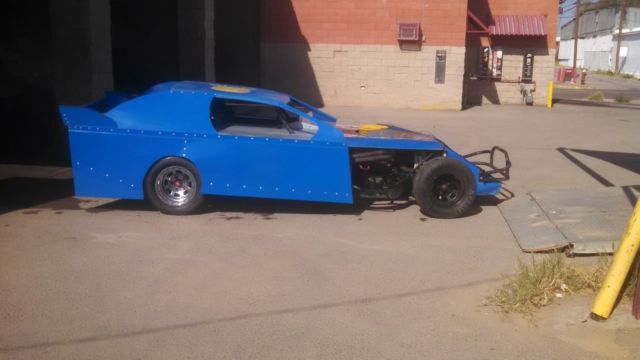
We only care about the MC location after the car has taken the attitude of dive and roll in the turns.Īs the car rolls and the chassis changes its height, the control arms change angles and that causes the MC to move.

To be more specific, for a touring dirt late model, car builders have been experimenting with Moment Centers in the range of 8 to 16 inches left of centerline when the car is in the middle of the turns. So, the MC needs to be located farther to the left in order for the car to work well. On dirt, the average g-force is much less than on asphalt because the track just does not provide as much grip. The dirt car Moment Center design is different than that of an asphalt car. Here are a few things you can do this season to be more consistent and give yourself a better chance at winning. What we get is not only speed, but consistency and the top teams know that is the way to victory lane. In other words, the car is set up with a more balanced dynamic. Today, we see successful dirt racing teams and car builders designing their Moment Centers more carefully and running setups where the left front tire is mostly in contact with the track surface. This use of Ackermann could produce more work and help the car to turn, but more often causes the front tires to fight one another to where both give up, resulting in a push.

A false indicator could be the use of excess Ackermann that forces the left front tire to scrub across the track and heat up. If the temperature of that tire is low compared to the left rear tire, then it is a good bet it is less loaded and doing less work than it could, and should, be. Even though the tire is in contact with the racing surface, it may not be doing much to turn the car. It is dead weight.Īnother prime indicator, although it is one that could be misleading, is a low left front tire temperature. A tire not in contact with the racing surface does no work. The primary indicator of a left front not working is when we see that tire off the ground through the middle of the turns. In past ancient setups that were prevalent in the early ’90s and before, the left front tire did little, if any, work. The general trend in all of circle track racing has been to make changes to our setups and car construction to make better use of the four tires, especially the left front tire. When I explain exactly how I know that and what specific technical changes have been made, you’ll better understand what I am talking about. It may be an affront to most dirt racers to say that technological changes that have taken place in asphalt racing have trickled into the realms of dirt racing. What used to be standard setups are a thing of the past for the top teams competing in dirt late models, modified, and even the stock classes. By Bob Bolles, Circle Track Magazine Making Good use of the Current Trendsĭirt car setup is undergoing a change, and has been for about five years now.


 0 kommentar(er)
0 kommentar(er)
